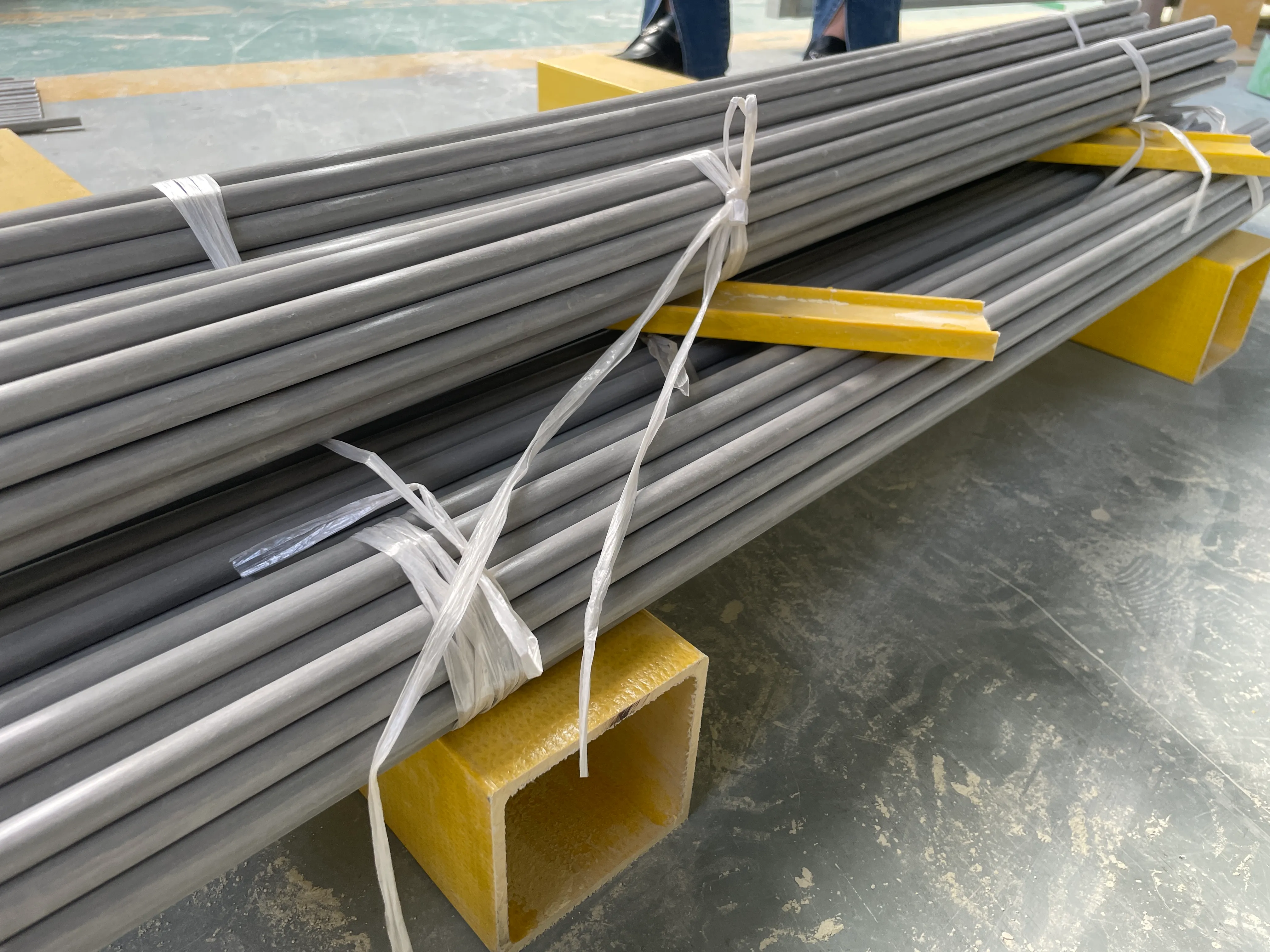loading...
- No. 9, Xingyuan South Street, Dongwaihuan Road, Zaoqiang County, Hengshui, Hebei, China
- admin@zjcomposites.com
- +86 15097380338
- Welcome to visit our website!
Exploring the Applications and Benefits of FRP Rods in Modern Engineering Solutions
Understanding FRP Rods A Modern Solution for Structural Integrity
Fiber Reinforced Polymer (FRP) rods have emerged as a revolutionary technology in the fields of construction, civil engineering, and infrastructure development. These innovative materials are gaining popularity due to their high strength, lightweight nature, and corrosion resistance, making them a superior alternative to traditional steel reinforcements. In this article, we delve into the properties, applications, and benefits of FRP rods, exploring how they are transforming the landscape of modern construction.
.
One of the most compelling features of FRP rods is their resistance to environmental factors. Unlike steel, which is prone to corrosion when exposed to moisture and chemicals, FRP rods maintain their integrity over time. This property makes them particularly suitable for use in harsh environments, such as marine structures, bridges, and areas with high levels of humidity. As a result, structures reinforced with FRP rods often require less maintenance and have a longer lifespan, leading to cost savings over time.
frp rod

FRP rods also offer excellent fatigue resistance. Many traditional construction materials lose their structural integrity and performance over time due to repeated load cycles. On the other hand, FRP rods can withstand such stress without significant degradation. This property makes them an ideal choice for applications in which dynamic loading is expected, such as in bridges or buildings subject to heavy traffic or seismic activities.
The versatility of FRP rods extends to their applications across various sectors. In civil engineering, they are used to reinforce concrete structures, improve load-bearing capacities, and repair existing infrastructure. They are particularly valuable in retrofit projects where adding extra weight from traditional materials could jeopardize the structure's stability. Additionally, FRP rods are increasingly utilized in the construction of sports facilities, tunnels, and parking garages.
Moreover, the use of FRP rods is not limited to large-scale infrastructure projects. Their lightweight and easy-to-install nature makes them suitable for residential and commercial buildings as well. As the construction industry increasingly focuses on sustainable practices, FRP rods offer an environmentally friendly alternative. They can be manufactured with a lower carbon footprint than traditional materials, and their extended lifespan reduces the frequency of replacement and repairs.
In conclusion, FRP rods represent a significant advancement in construction technology, combining strength, lightweight characteristics, and resistance to environmental factors. As more engineers and architects discover the advantages of this advanced material, its application is likely to expand across various sectors, paving the way for safer, more durable structures. The shift towards using FRP rods not only enhances the reliability of construction projects but also promotes sustainability in the industry. With ongoing research and development, the future of FRP technology looks promising, potentially revolutionizing how we think about structural integrity and design.
-
The Rise of FRP Profiles: Strong, Lightweight, and Built to LastNewsJul.14,2025
-
SMC Panel Tanks: A Modern Water Storage Solution for All EnvironmentsNewsJul.14,2025
-
GRP Grating: A Modern Solution for Safe and Durable Access SystemsNewsJul.14,2025
-
Galvanized Steel Water Tanks: Durable, Reliable, and Ready for UseNewsJul.14,2025
-
FRP Mini Mesh Grating: The Safer, Smarter Flooring SolutionNewsJul.14,2025
-
Exploring FRP Vessels: Durable Solutions for Modern Fluid HandlingNewsJul.14,2025
-
GRP Structures: The Future of Lightweight, High-Performance EngineeringNewsJun.20,2025
